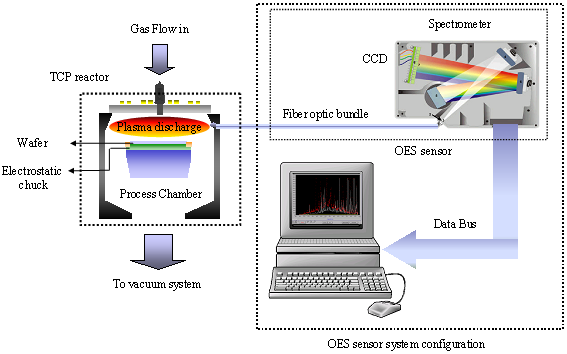Real-Time Plasma Process Condition Sensing and Abnormal Process Detection
Abstract
:1. Introduction
1.1. Background and Motivations
1.2. Literature Review
- Real-time equipment fault detection ability with in-situ sensors and a non-invasive method.
- A simple algorithm which can handle a full spectrum of OES sensor data analysis.
- High detection capability of different kind of fault events.
2. Experimental Apparatus
2.1. Transformer Coupled Plasma (TCP) Reactor Etching
2.2. Optical Emission Spectroscopy (OES)
2.3. Data Collection
2.4 Design of Experiments (DOE)
3. Fault Detection Method of Plasma Process Condition
4. Results and Discussion
5. Conclusions
References
- Hong, S.J.; May, G.S. Neural Network Based Time Series Modeling of Optical Emission Spectroscopy Data for Fault Detection in Reactive Ion Etching. Proceeding of the SPIE Process and Materials Characterization and Diagnostics in IC Manufacturing, Santa Clara, CA, USA, February 2003; pp. 1–8.
- Almgren, C. The Role of RF Measurements in Plasma Etching. Semiconduct. Int 1997, 20, 99–104. [Google Scholar]
- Roland, J.; Marcoux, P.; Ray, G.; Rnakin, G. Endpoint Detection in Plasma Etching. J. Vac. Sci. Technol. A 1985, 3, 631–636. [Google Scholar]
- Shadmehr, R.; Angell, D.; Chou, P.B.; Oehrlein, G.S.; Jaffe, R. Principal Component Analysis of Optical Emission Spectroscopy and Mass Spectrometry: Application to Reactive Ion Etch Process Parameter Estimation Using Neural Networks. Electrochem. Soc 1992, 139, 907–915. [Google Scholar]
- Hong, S.J.; May, G.S. Neural Network Modeling of Reactive Ion Etching Using Principal Component Analysis of Optical Emission Spectroscopy Data. Proceedings of the Advance Semiconductor Manufacturing Conference, Boston, MA, USA, April 2002.
- Yue, H.H.; Qin, S.J.; Markle, R.J.; Nauert, C.; Gatto, M. Fault Detection of Plasma Etchers Using Optical Emission Spectra. IEEE Trans. Semiconduct. Manuf 2000, 13, 374–385. [Google Scholar]
- Hong, S.J.; May, G.S. Neural-Network-Based Sensor Fusion of Optical Emission and Mass Spectroscopy Data for Real-Time Fault Detection in Reactive Ion Etching. IEEE Trans. Ind. Electron 2005, 52, 1063–1072. [Google Scholar]
- Gallagher, N.B.; Wise, B.M. Development and Benchmarking of Multivariate Statistical Process Control Tools for A Semiconductor Etch Process: Improve Robustness Through Model Updating. Proceeding of the Safeprocess, Manson, WA, USA, August 1997.
- May, G.S.; Spanos, C.J. Automated Malfunction Diagnosis of Semiconductor Fabrication Equipment: A Plasma Etch Application. IEEE Trans. Semiconduct. Manuf 1993, 6, 28–40. [Google Scholar]
- Gardner, M.M.; Lu, J.C.; Gyurcsik, R.S.; Wortman, J.J.; Hornung, B.E.; Heinisch, H.H.; Rying, E.A.; Rao, S.; Davis, J.C.; Mozumder, P.K. Equipment Fault Detection Using Spatial Signatures. IEEE Trans. Compon. Pack. Man. C 1997, 20, 295–304. [Google Scholar]
- Wise, B.M.; Gallagher, N.B.; Martin, E.B. Application of PARAFAC2 to Fault Detection and Diagnosis in Semiconductor Etch. Chemometrics 2001, 15, 285–298. [Google Scholar]
- Lada, E.K.; Lu, J.C.; Wilson, J.R. A Wavelet-based Procedure for Process Fault Detection. IEEE Trans. Semiconduct. Manuf 2002, 15, 79–90. [Google Scholar]
- Anderson, H.; Gunther, S.; Fry, Bob. Plasma Etch Endpoint and Fault Detection Along with UV-Vis Absorption Spectroscopy from a Single Compact Solid State Detector. Proceeding of American Physical Society, 54th Annual Gaseous Electronics Conference; Pennsylvania State University: State College, PA, USA, October 2001. [Google Scholar]
- Irving, S.M. A Dry Photoresist Removal Method. Proceedings of the Kodak Photoresist Seminar, Los Angeles, CA, USA; 1968. [Google Scholar]
- Bonham, H.B. Plasma Cleaning for Improved Wire Bonding on Thin-film Hybrids. Proceeding of Electronic Packaging and Production, Settle, WA, USA, February 1979.
- Lieberman, M.A.; Lichtenberg, A.J. Principles of Plasma Discharges and Materials Processing, 2nd ed; Wiley: New York, NY, USA, 1994. [Google Scholar]
- Lieberman, M.A.; Gottscho, R.A.; Francombe, M.; Vossen, J. Design of High Density Plasma Sources for Materials Processing in Physics of Thin Films; Academic Press: New York, NY, USA, 1993. [Google Scholar]
- Roger, B.; Berry, M.; Turlik, I.; Garrow, P.; Castillo, D. Soft Mask for via Patterning in Benzocyclobutene. J. Microcircuits Electron. Packaging 1994, 17, 210–218. [Google Scholar]
- Goodlin, B.E.; Carsten, S.; Guenther, E. Simultaneous Fault Detection and Classification for Semiconductor Manufacturing Tools. J. Electrochem. Soc 2003, 150, 778–784. [Google Scholar]
- Francisco, M.; Scullin, P.; Scanlan, J. Broadband RF Process–State Sensor for Fault Detection and Classification. Proceeding of The International Society for Optical Engineering, San Jose, CA, USA, March 2005.
- Baek, K.H.; Jung, Y.; Min, G.J.; Kang, C.; Han, K.C.; Joo, T.M. Chamber Maintenance and Fault Detection Technique for a Gate Etch Process via Self-excited Electron Resonance Spectroscopy. J. Vac. Sci. Technol. B 2005, 23, 125–129. [Google Scholar]
- Mahadevana, S.; Shah, S.L. Fault Detection and Diagnosis in Process Data Using One-Class Support Vector Machines. J. Process Control 2009, 19, 1627–1639. [Google Scholar]
- Qin, S.J.; Cherry, G.; Good, R.; Wang, J.; Harrison, C.A. Semiconductor Manufacturing Process Control and Monitoring: A Fab-wide Framework. J. Process Control 2006, 16, 179–191. [Google Scholar]
- Silva, K.M.; Souza, B.A.; Brito, N.S.D. Fault Detection and Classification in Transmission Lines Based on Wavelet Transform and ANN. IEEE Trans. Power Delivery 2006, 21, 2058–2063. [Google Scholar]
- Rojas1, A.; Nandi, A.K. Practical Scheme for Fast Detection and Classification of Rolling-Element Bearing Faults Using Support Vector Machines. Mech. Syst. Signal Process 2006, 20, 1523–1536. [Google Scholar]
- Verron, S.; Tiplica, T.; Kobi, A. Fault Detection and Iidentification with a New Feature Selection Based on Mutual Information. J. Process Control 2008, 18, 479–490. [Google Scholar]
- Christensen, A.L.; O’Grady, R.; Birattari, M.; Dorigo, M. Fault Detection in Autonomous Robots Based on Fault Injection and Learning. Auton. Robot 2008, 24, 49–67. [Google Scholar]


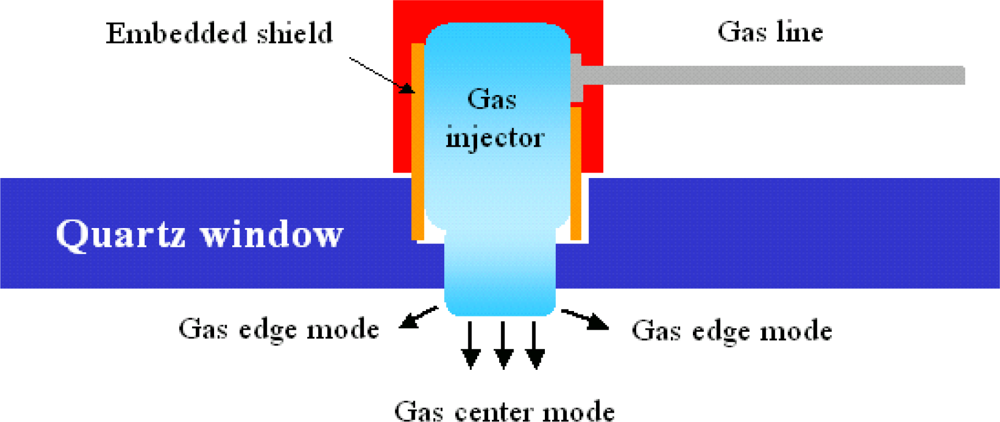
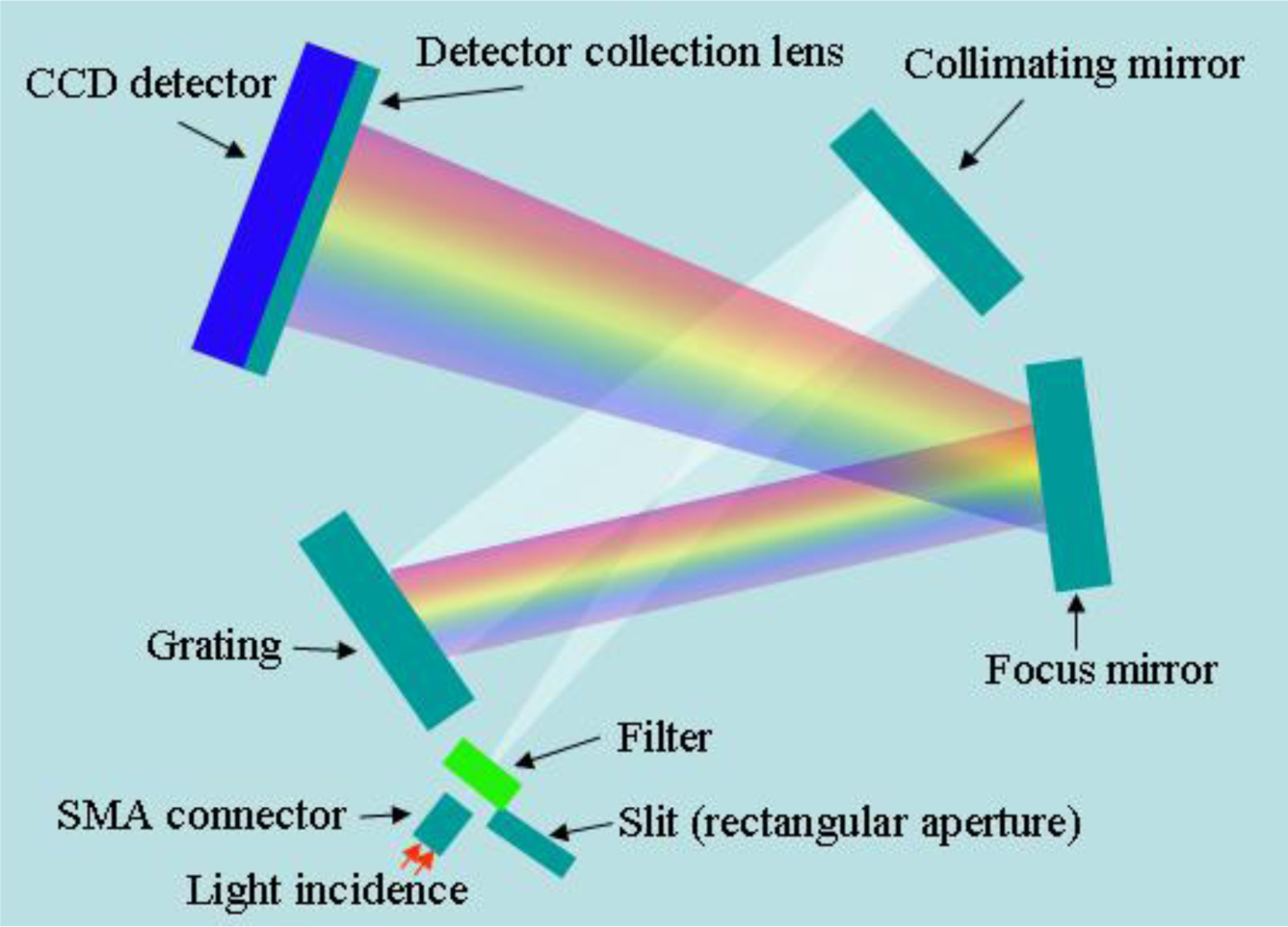


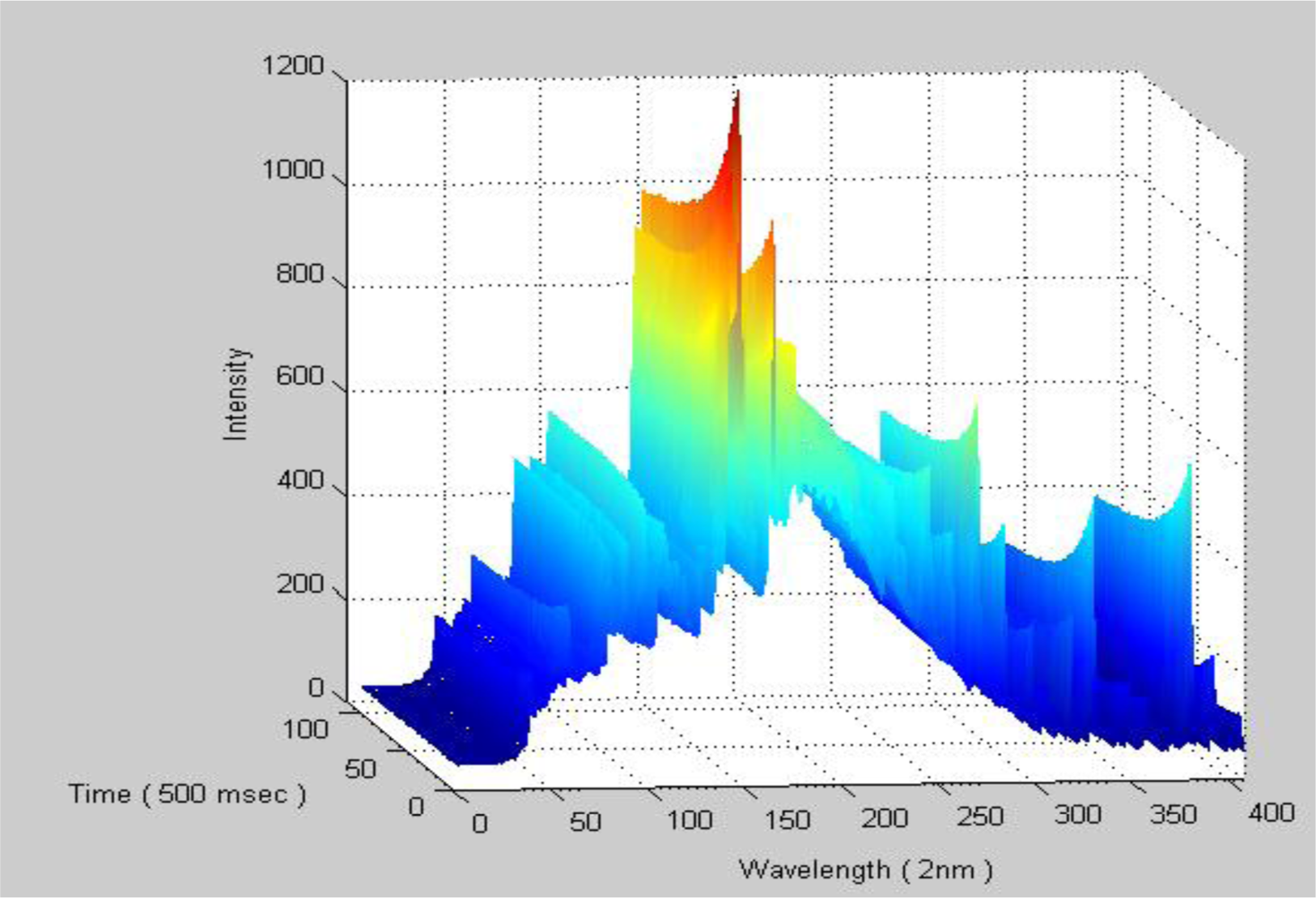
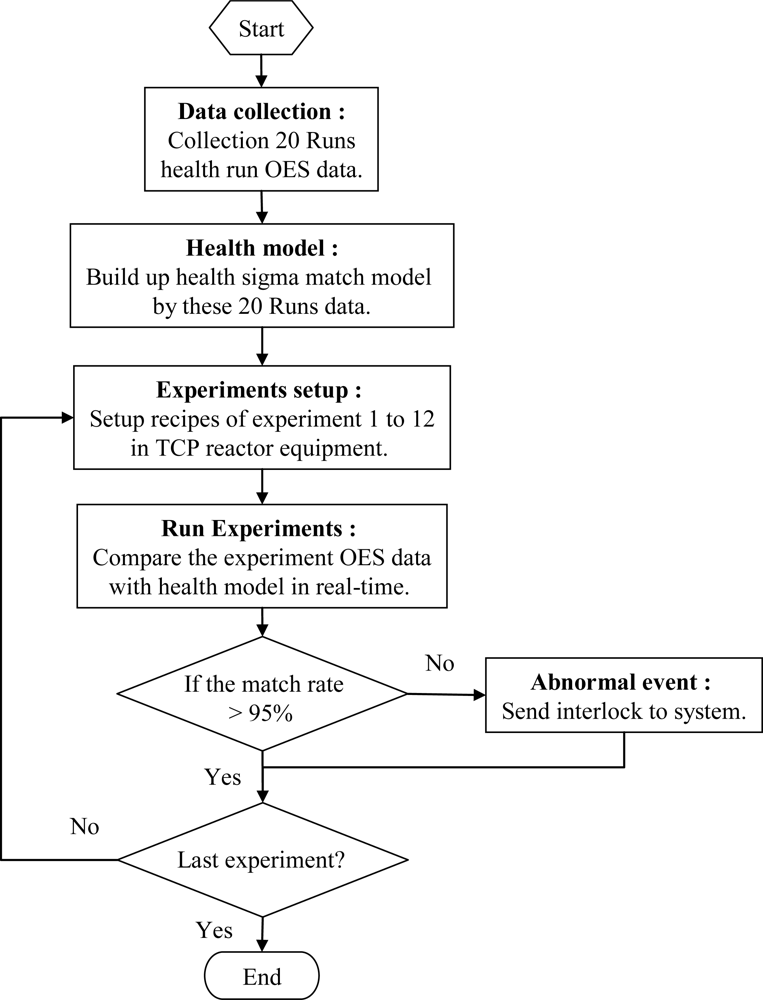
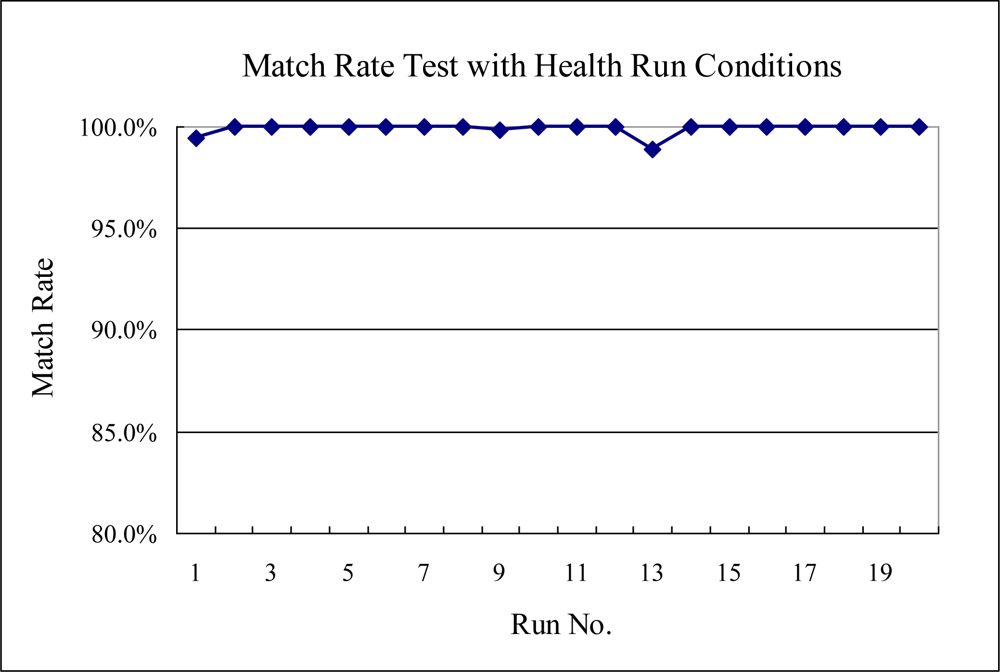

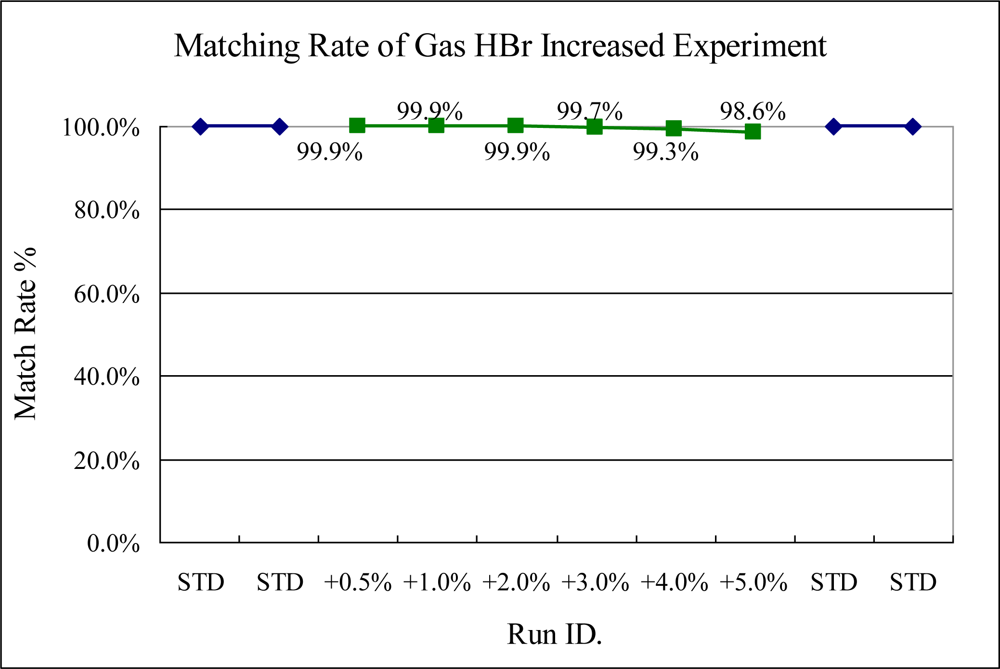

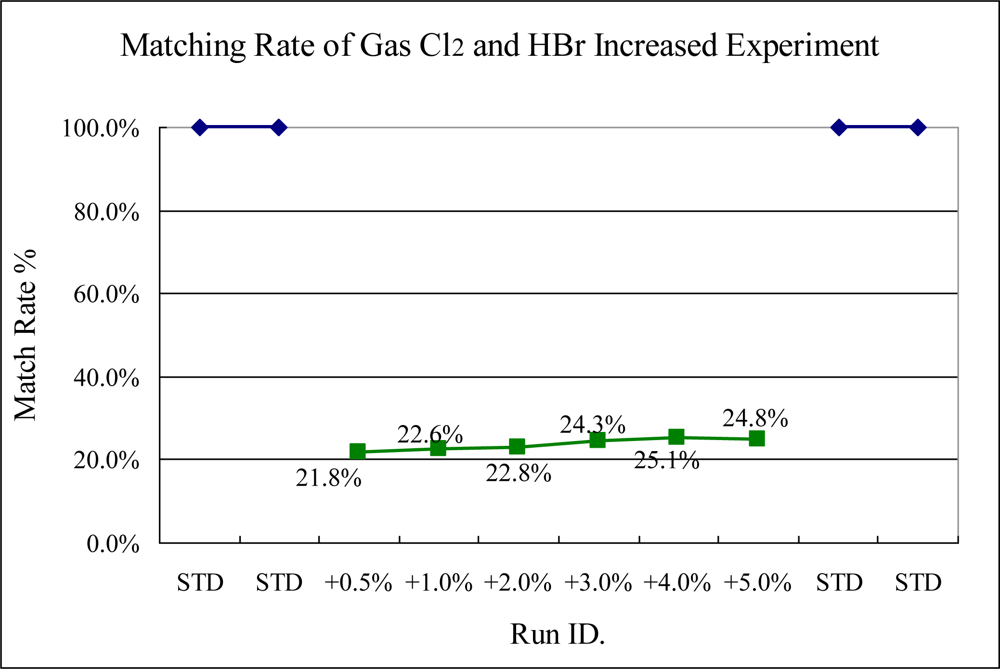

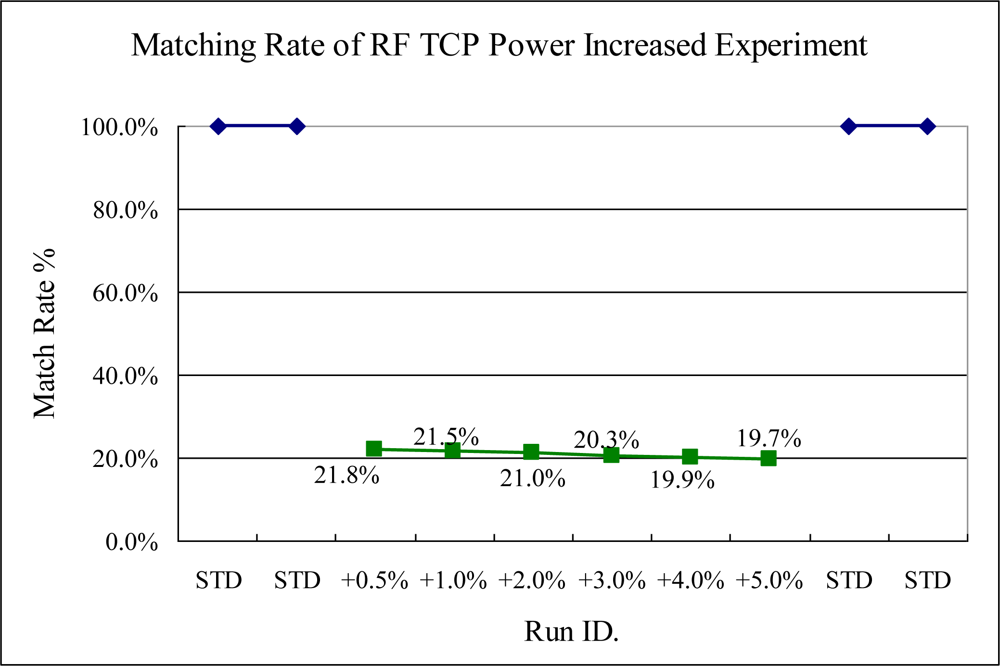

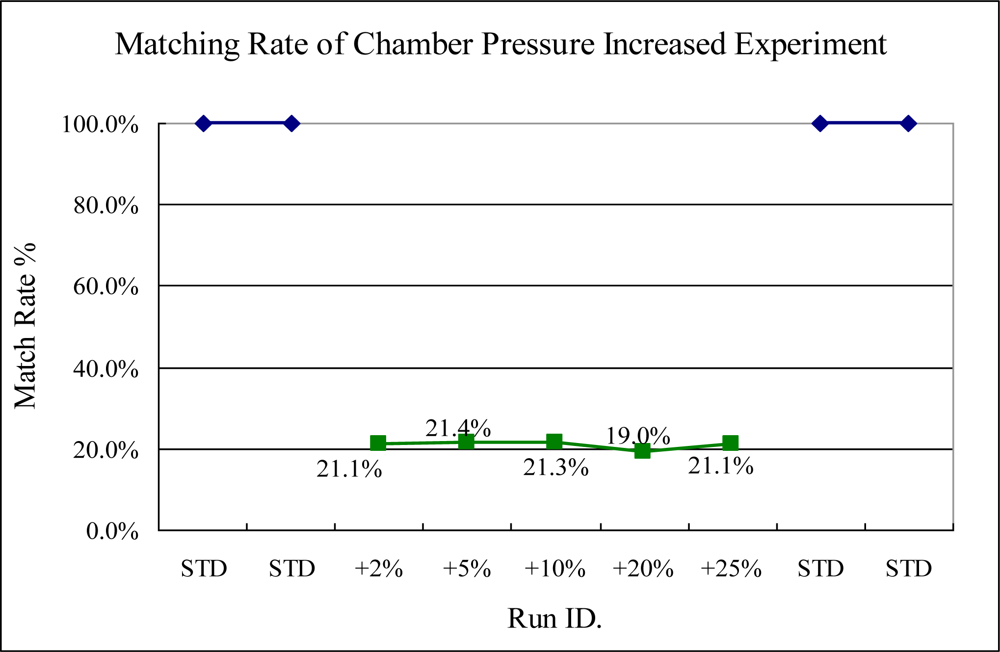
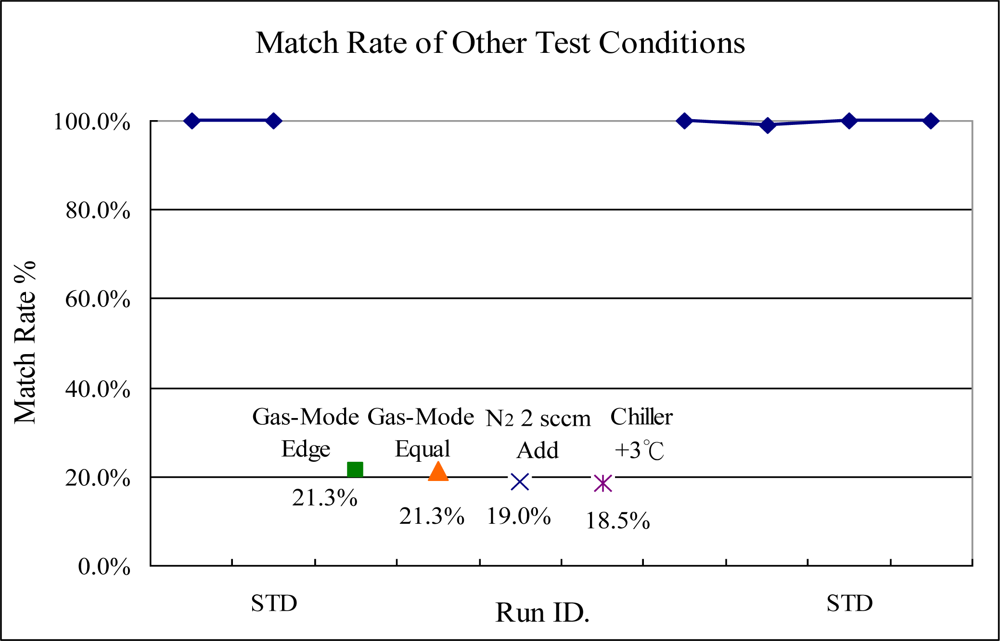
| Design of experiment (DOE) Exp. description | Pressure (mtorr) | TCP RF Power (w) | Bias RF Power (w) | Gas Injection Ratio Mode | ESC Temperature (°C) | Cl2 (sccm) | HBr (sccm) | CF4 (sccm) | N2 (sccm) | Process Wafer # | |
|---|---|---|---|---|---|---|---|---|---|---|---|
| Experiment 1 | Cl2 sensitivity test | 7 | 500 | 90 | Center | 60 | 50.25∼52.5 | 250 | 70 | 0 | 10 |
| Experiment 2 | HBr sensitivity test | 7 | 500 | 90 | Center | 60 | 50 | 251.25∼262.5 | 70 | 0 | 10 |
| Experiment 3 | CF4 sensitivity test | 7 | 500 | 90 | Center | 60 | 50 | 250 | 70.35∼73.5 | 0 | 10 |
| Experiment 4 | Cl2 and HBr sensitivity test | 7 | 500 | 90 | Center | 60 | 50.25∼52.5 | 251.25∼262.5 | 70 | 0 | 10 |
| Experiment 5 | Cl2 and CF4 sensitivity test | 7 | 500 | 90 | Center | 60 | 50.25∼52.5 | 250 | 70.35∼73.5 | 0 | 10 |
| Experiment 6 | TCP power sensitivity test | 7 | 502.5∼525 | 90 | Center | 60 | 50 | 250 | 70 | 0 | 10 |
| Experiment 7 | Bias power sensitivity test | 7 | 500 | 90.45∼94.5 | Center | 60 | 50 | 250 | 70 | 0 | 10 |
| Experiment 8 | Pressure sensitivity test | 7.14∼8.75 | 500 | 90 | Center | 60 | 50 | 250 | 70 | 0 | 9 |
| Experiment 9 | Gas Mode sensitivity test I | 7 | 500 | 90 | Edge | 60 | 50 | 250 | 70 | 0 | 3 |
| Experiment 10 | Gas Mode sensitivity test II | 7 | 500 | 90 | Equal | 60 | 50 | 250 | 70 | 0 | 1 |
| Experiment 11 | Add N2 2 sccm | 7 | 500 | 90 | Center | 60 | 50 | 250 | 70 | 2 | 1 |
| Experiment 12 | ESC + 3 degree | 7 | 500 | 90 | Center | 63 | 50 | 250 | 70 | 0 | 3 |
| Standard | Standard Recipe | 7 | 500 | 90 | Center | 60 | 50 | 250 | 70 | 0 | 3 |
| Design of experiment (DOE) Exp. description | Event detection ability | Event detection sensitivity | ||||
|---|---|---|---|---|---|---|
| Yes | No | High | Normal | Low | ||
| Experiment 1 | Cl2 sensitivity test | ◎ | ◎ | |||
| Experiment 2 | HBr sensitivity test | ◎ | NA | NA | NA | |
| Experiment 3 | CF4 sensitivity test | ◎ | ◎ | |||
| Experiment 4 | Cl2 and HBr sensitivity test | ◎ | ◎ | |||
| Experiment 5 | Cl2 and CF4 sensitivity test | ◎ | ◎ | |||
| Experiment 6 | TCP power sensitivity test | ◎ | ◎ | |||
| Experiment 7 | Bias power sensitivity test | ◎ | ◎ | |||
| Experiment 8 | Pressure sensitivity test | ◎ | ◎ | |||
| Experiment 9 | Gas Mode sensitivity test I | ◎ | ◎ | |||
| Experiment 10 | Gas Mode sensitivity test II | ◎ | ◎ | |||
| Experiment 11 | Add N2 2 sccm | ◎ | ◎ | |||
| Experiment 12 | ESC + 3 degree | ◎ | ◎ | |||
© 2010 by the authors; licensee MDPI, Basel, Switzerland. This article is an open access article distributed under the terms and conditions of the Creative Commons Attribution license (http://creativecommons.org/licenses/by/3.0/).
Share and Cite
Yang, R.; Chen, R. Real-Time Plasma Process Condition Sensing and Abnormal Process Detection. Sensors 2010, 10, 5703-5723. https://doi.org/10.3390/s100605703
Yang R, Chen R. Real-Time Plasma Process Condition Sensing and Abnormal Process Detection. Sensors. 2010; 10(6):5703-5723. https://doi.org/10.3390/s100605703
Chicago/Turabian StyleYang, Ryan, and Rongshun Chen. 2010. "Real-Time Plasma Process Condition Sensing and Abnormal Process Detection" Sensors 10, no. 6: 5703-5723. https://doi.org/10.3390/s100605703



